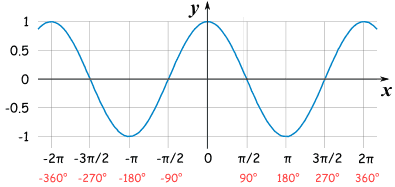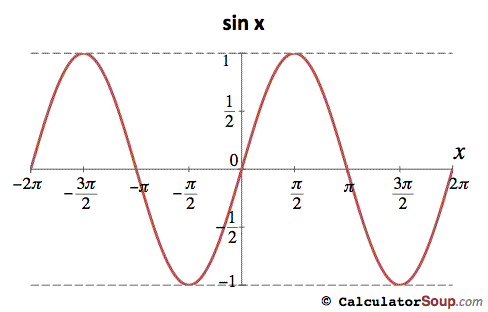Works Cited
Brain, Marshall. "How Radio Works." HowStuffWorks. N.p., n.d. Web. 12 Feb. 2013. <http://electronics.howstuffworks.com/radio.htm>
"Radio Transmission." PBS. PBS, 2005. Web. 12 Feb. 2013. <http://www.pbs.org/wgbh/aso/tryit/radio/radiorelayer.html>
"Sinusoids: Applications and Modeling." Sinusoids: Applications and Modeling. Demos with Positive Impact, 15 Sept. 2010. Web. 18 Feb. 2013. <http://www.mathdemos.org/mathdemos/sinusoidapp/sinusoidapp.html>.
Woodford, Chris. "Radio." Explain That Stuff. N.p., 2 July 2012. Web. 8 Feb. 2013. <http://www.explainthatstuff.com/radio.html>
Welz, Gary L. "Wave Mathematics." Visionlearning. Visionlearning, 2006. Web. 18 Feb. 2013.
<http://www.visionlearning.com/library/module_viewer.php?mid=131>
Reynolds, Laura. "How Do Radios Produce Sound?" EHow. Demand Media, 28 Oct. 2008. Web. 18 Feb. 2013.
<http://www.ehow.com/how-does_4568349_radios-produce-sound.html>

.jpg)

